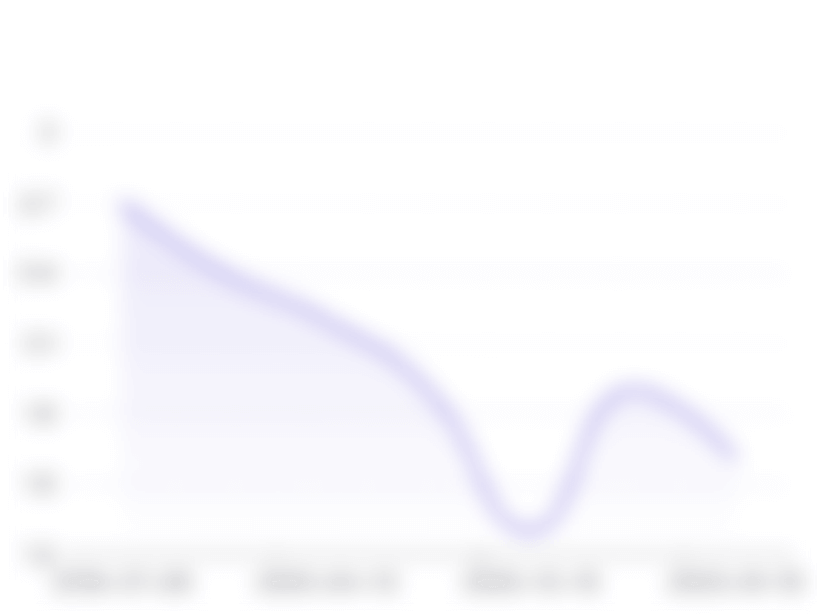




A leading contemporary art gallery, representing Scandinavian and International artists I #nicolaiwallner Est. 1993
-% de los seguidores de @nicolaiwallner son mujeres y el -% son hombres. La tasa de participación promedio en las publicaciones es de aproximadamente 0.49%. El número promedio de me gusta por publicación es de 190 y el número promedio de comentarios es de 4.
@nicolaiwallner le encanta publicar sobreKunst og håndværk.

42,287
Følgere

0.49%
Engagement Rate

194
Engagement pr. opslag
190
Gennemsnitlig likes pr. opslag
4
Gennemsnitlig kommentarer pr. opslag

243,100
Global rangering

1,542
Land rangering

-
Kategori rangering
Publikums køn

Dominerende aldersgruppe
Interesser

Lignende konti

Nylige opslag
* Ophavsret: Indholdsoprettere er de som standard ophavsretsejere. Disse informationer, herunder billeder, tekster, videoer, opslag og profiler, bliver offentliggjort på offentlige domæner samt tilhørende sociale medier til offentlig visning.
Preguntas frecuentes: Estadísticas e información de Instagram para @nicolaiwallner
¿Cómo puedo acceder a estadísticas y análisis de Instagram para @nicolaiwallner?
StarNgage ofrece informes analíticos completos que brindan métricas clave e información para que comprendas completamente a @nicolaiwallner. Puedes explorar varios aspectos, incluidas las estadísticas de seguidores de Instagram, como las tendencias de crecimiento de seguidores y publicaciones, la tasa de participación y sus tendencias de crecimiento. Además, puedes acceder a información sobre el número promedio de me gusta y comentarios por publicación, datos demográficos de tus seguidores o audiencia, datos de afinidad de marca, menciones de hashtags relevantes, cuentas similares y las publicaciones más recientes.
¿Cuál es el conteo actual de seguidores para @nicolaiwallner en Instagram?
Hasta la última actualización, @nicolaiwallner ha acumulado un sólido grupo de seguidores de 42,287 seguidores en Instagram.
¿Qué información y análisis se incluyen en el informe completo de @nicolaiwallner en Instagram?
Nuestro informe analítico completo de Instagram brinda una descripción general detallada de @nicolaiwallner en Instagram. Este informe incluye información detallada sobre el crecimiento de seguidores a lo largo del tiempo, métricas de participación y frecuencia de publicaciones, tanto semanal como mensual. Para acceder a este informe detallado, regístrate y crea una nueva cuenta de StarNgage o inicia sesión en tu cuenta existente.
¿Puedo rastrear cómo ha evolucionado la tasa de participación de @nicolaiwallner en Instagram?
Sí, las herramientas de análisis de StarNgage te permiten rastrear la evolución de la tasa de participación de @nicolaiwallner con el tiempo en Instagram. Estos datos te ayudan a evaluar la efectividad de las estrategias de participación de @nicolaiwallner.
¿Cómo puede ayudar comprender la demografía de la audiencia de @nicolaiwallner en Instagram?
Obtener información sobre la demografía de la audiencia de @nicolaiwallner en Instagram puede ser extremadamente valioso. Te permite adaptar tu contenido de influencer y tus estrategias de marketing para conectarte mejor con los seguidores de @nicolaiwallner, ya que tendrás información sobre su edad, género, ubicación e intereses.
¿Cómo puedo aprovechar los datos de afinidad de marca para mejorar mi estrategia de marketing en Instagram con @nicolaiwallner?
Los datos de afinidad de marca son una herramienta poderosa para comprender en qué marcas o productos está más interesada tu audiencia. Esta información puede guiar tus colaboraciones de contenido y asociaciones en Instagram, mejorando tu participación con tu público objetivo.




















